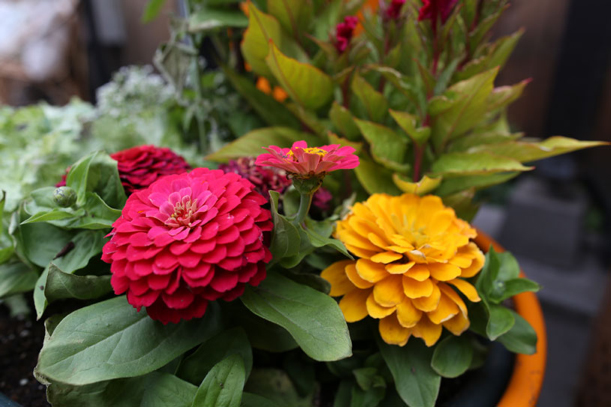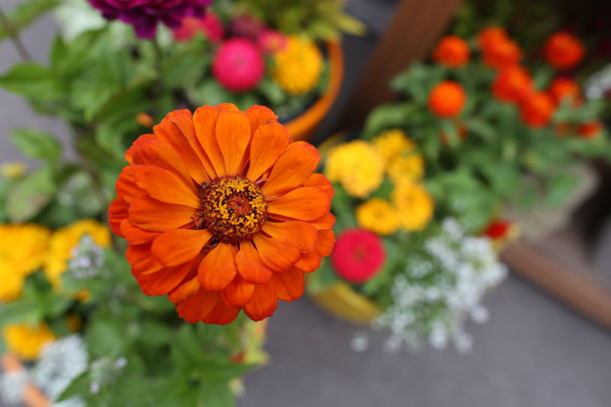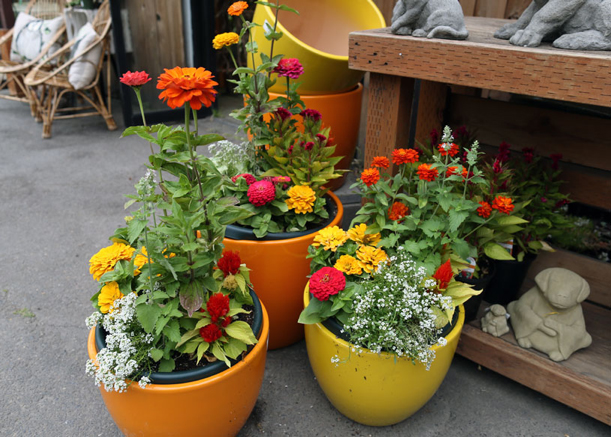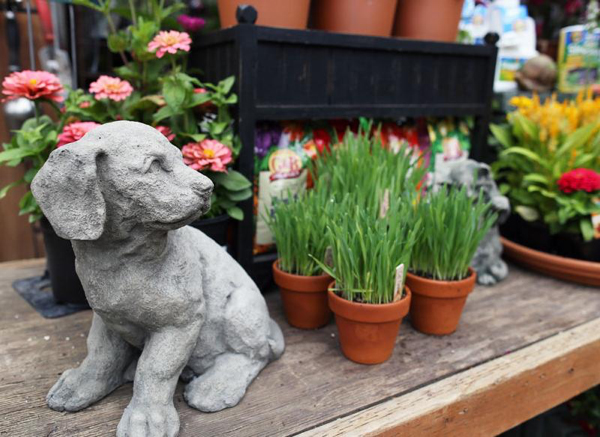A well-planned garden design provides something for each family member to enjoy.
During warm weather, many of us spend as much, if not more time outdoors than inside. We like relaxing with friends and family, playing games, enjoying a good book, or even preparing and eating our meals outside.
Creating an outdoor space that is safe for everyone while allowing for multiple uses can be an exciting challenge, especially when we want to share our gardens with our pets.
Many of us are aware of potential harm to our beloved animals that may be caused by plants, fertilizers and pesticides that are not labeled as pet-safe or are improperly applied. However, these problems can be avoided through thoughtful product selection and careful application done according to the label.
In fact, garden-related support products that are labeled as “safe” for people and pets are now widely available in major categories ranging from fertilizers to slug baits, making it easier for consumers to make the best choices for their individual needs.
Whether you are sharing your yard with dogs, cats, rabbits, chickens or other creatures, growing ornamental plants in containers is a sure way to keep your plants looking good while keeping the temptations less accessible to your furry (or feathered) companions.
In addition to avoiding damage done by pets, containers also lessen complications caused by poor soil or slugs and can be situated near sitting areas or used to create a focal point in the garden.
Plants in the landscape need to be carefully selected with consideration of their toxicity to our animals and be sturdy enough to endure occasional spurts of energy from a rambunctious dog or a random ‘taste-test’ by the cat.
Many of our common landscape plants and ornamentals are considered to be toxic to dogs, cats and other domesticated animals. It is wise to keep a list of such plants handy, so you can avoid making heartbreaking mistakes. The ASPCA has a thorough list on their website of plants toxic and non-toxic to dogs and separate lists for cats and horses. You can find it at www.aspca.org/pet-care/animal-poison-control/toxic-and-non-toxic-plants.

Plant up a pot of catnip or put some in the ground near where your kitty likes to be, sow some grass with wheat berries or barley seed just for your dog or cat to snack on and don’t forget to provide a large bowl full of clean, fresh water for them to drink.
A pot of flowers or several planted containers filled with colorful blooms can dress up your deck or patio and bring pizzazz to your outdoor living areas. Containers can be kept out of your pet’s reach by using hanging baskets, placing them on plant stands or in other areas with difficult access.
However, if you want to be certain you are making a safe place for your animals, then we suggest some pet-safe container combinations.

- Zinnia, Celosia, spider flower and African daisy are annuals with upright habits that would make excellent “thrillers” in the center of the pot.
- Heuchera, sweet alyssum and million bells are three lovely “filler” plants with soft, billowy natures to create a layered effect against the taller plants while softening the edge of the container.
- Sweet potato vine and million bells are good “spillers” to provide the trailing element and create the lush look of plants overflowing and spilling over the edge of the pot.

Stop in to one of our garden center locations to see what pet-safe plants you’d like to add to your garden to enrich the surroundings for both you and your entire family.
Nicole Forbes serves as education director at Dennis’ 7 Dees Landscaping & Garden Centers.

